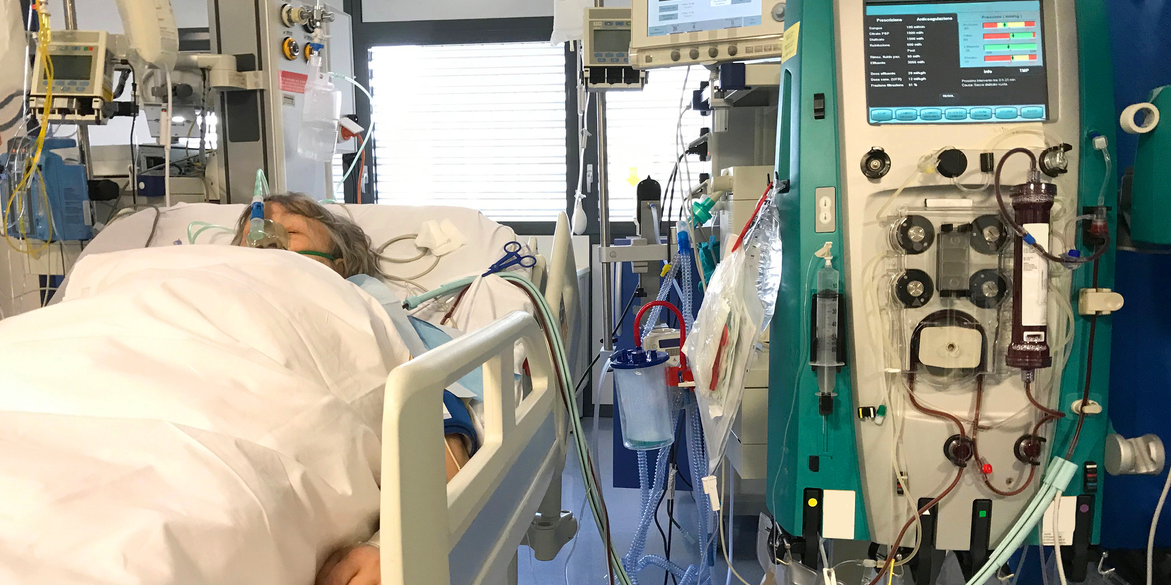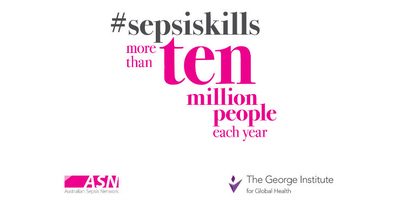
Long road to recovery after septic shock, especially for women
SYDNEY, JULY 17 - New research from The George Institute has found that one in five patients with septic shock - a life threatening illness that can develop from an infection – are still experiencing debilitating after-effects six months later, with women more affected than men.
Delay in reversing the state of circulatory shock – a critical phase of the illness when the body’s ability to provide adequate blood flow, and therefore oxygen, to the tissues deteriorates - was a key contributor to lower quality of life at six months.
Lead author and Senior Research Fellow at The George Institute for Global Health, Naomi Hammond, said that survivors of critical illness, including sepsis, often experience significant impact on their quality of life which may last for months and years after discharge from intensive care.
“They may have problems with their ability to think and reason, as well as physical and psychological problems, so the quicker we can get patients off ventilators and out of the Intensive Care Unit (ICU), the better chance they have of not experiencing these problems,” she said.
“We wanted to see if hydrocortisone (a steroid) helped to reverse the shock more rapidly and lead to better long-term outcomes for these patients.”
Just over two thousand survivors of septic shock from 69 ICUs across five countries (Australia, New Zealand, Saudi Arabia, Denmark and the United Kingdom) were followed up by researchers six months later to complete a quality of life assessment.
Results showed that survivors of septic shock reported poor quality of life, with between 15 and 30 percent saying they had moderate to extreme problems with mobility, self-care, usual activities, pain or discomfort, and anxiety or depression. Females were more likely to experience moderate to extreme pain at six months compared to males.
Those who had received hydrocortisone treatment in the ICU – which has been shown to reverse shock more quickly - did not have better outcomes at the six-month milestone than those who did not receive this therapy.
“This is the first study to describe the impact of delayed shock reversal in the acute phase on long-term quality of life in adult patients with septic shock,” said Dr Hammond.
“Although we found an association between hydrocortisone therapy and shock reversal in the parent study, and earlier shock reversal is a predictor of better outcomes, this study showed the therapy made no difference to quality of life at six months,” she added.
The worse outcomes for women were thought to be partly explained by other existing medical conditions or sociodemographic factors that were not accounted for in the study.
“We are conducting further research to try and understand if gender changes the effects of hydrocortisone treatment in patients with septic shock,” added Dr Hammond.
“We have seen that those patients surviving an episode of septic shock continue to have significant problems with their quality of life out to 6 months. It’s important for primary health providers to be aware of these issues so that appropriate quality of life screening and long-term strategies can be provided to assist in recovery,” she said.






